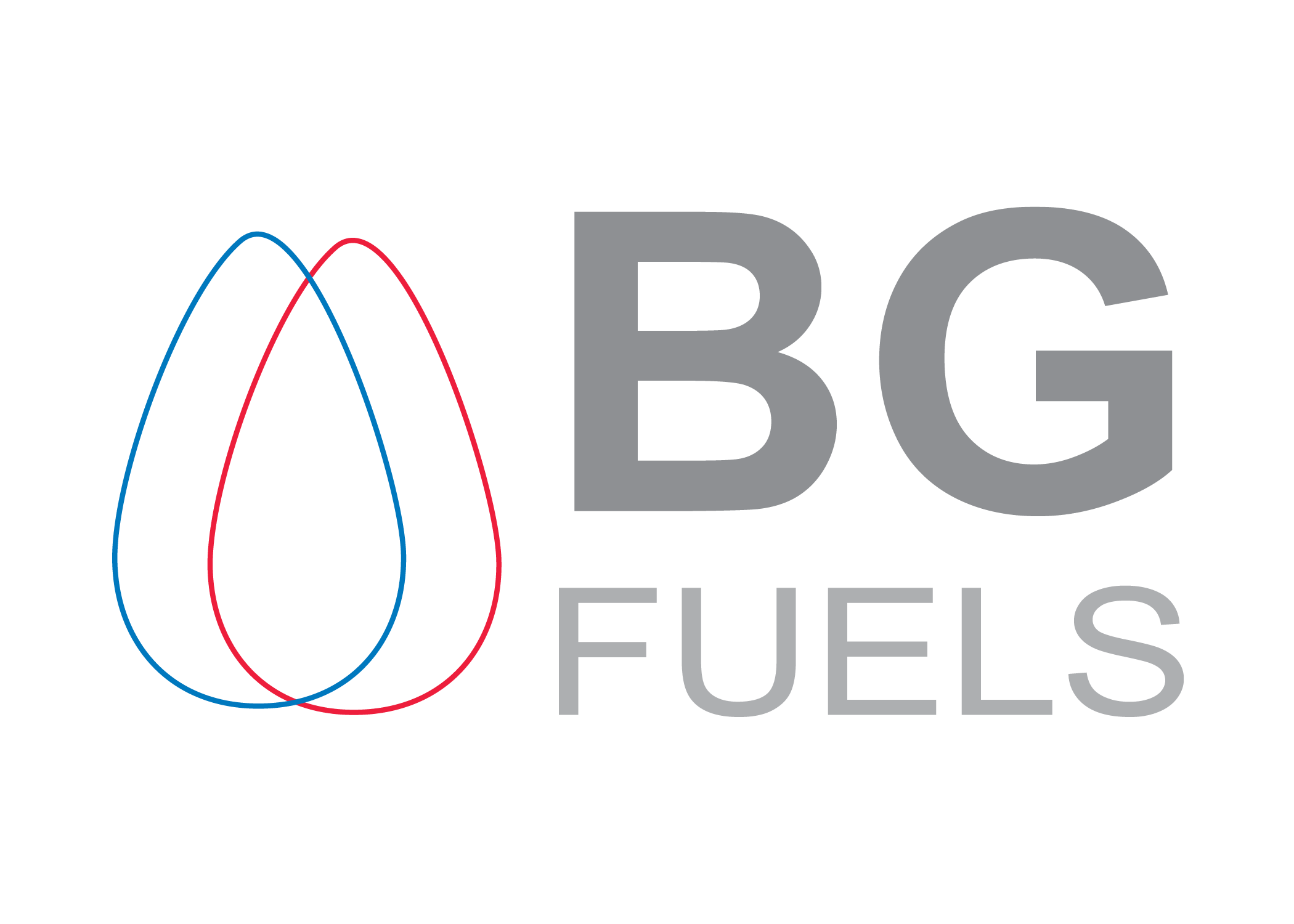All Roads Lead to Electric Vehicles
January 30, 2018

Contributed by: Dennis DesRosiers, President of DesRosiers Automotive Consultants Inc.
With all the announcements about electric vehicles anyone in the fuels business must be wondering whether they will have a job this coming decade. All roads in the automotive sector do lead to electric vehicles but it is going to be a very long and winding road.
How long a road? It is interesting to examine the record for electric vehicles so far. Hybrid vehicles, like the Toyota Prius (the most popular hybrid sold), were first sold in Canada in the year 2000, that’s a full eighteen years ago. Over those eighteen years a grand total of 221,000 have been purchased. Battery electric vehicles were first available in 2010 some eight years ago and less than 20,000 of them have been purchased. Over the last 18 years Canadians have bought 15 million ICE vehicles. And electrified vehicles of all types have essentially flat-lined at under 30K per year for the last six years.
I can’t say that electrification has failed per se, but it also hasn’t been overly successful. There are four elements that can be cited that may lead to more EV’s coming onto the road and all of them, to a degree, involve the long arm of Governments around the world.
Governments are using the public purse to entice consumers into these vehicles through a combination of incentives but also access to HOV lanes, building a charging infrastructure, free charging in some cases, free parking and other such carrots. Some Governments like China are forcing them into the market, and it can be argued that the ZEV mandate in Quebec will force consumers to buy them, or at least force vehicle companies to sell them, or buy expensive credits. Automotive companies are announcing billions to have an electric option (mostly hybrids) in response to aggressive fuel economy standards put in place by Governments. And last, the science around electrification may develop enough to make these vehicles more attractive to consumers. Some of this science is also supported by Governments.
From my perch, I believe the biggest near-term threat to the fuels industry is the improvements in fuel economy of internal combustion engines (ICE vehicles) rather than the electrification of Canada’s automotive fleet. Over the last decade the average ICE vehicle has improved its fuel economy by north of 20 percent, and this is likely to be the case over the next decade as well. But fuel demand has remained healthy in spite of this for two reasons:
First, consumers have shifted in mass to larger less fuel efficient light trucks. Last year every ‘all new’ ICE vehicle introduced was at least 2 percent more fuel efficient than the vehicle it replaced. But overall fuel efficiency was worse NOT better, because almost 70 percent of consumers bought a light truck.
Second, ownership of vehicles in Canada has exploded. In the year 2000 two-thirds of the driving age population in Canada owned a vehicle. Last year it was 88 percent. That resulted in over 10 million more vehicles on the road, and most of these were ICE vehicles.
The same two factors, and in particular the later, will save the fuels industry from much of the downside of the electrification of vehicles. By 2030 we forecast total vehicles on the road to grow by between 8 and 13 million more vehicles. Even if EVs (both hybrids and BEVs) are hugely successful, it is hard to imagine there being more than a million and a half of them sold by then.
That means that there will be at least 7 million more ICE vehicles on the road and possibly more. This growth will be enough to offset any negatives for the fuels industry due to better fuel efficiency and/or the introduction of EVs. Fuel demand may slow but is unlikely to decline.
So, if you are working in the fuels industry your job should be safe for at least another decade … maybe two.





















